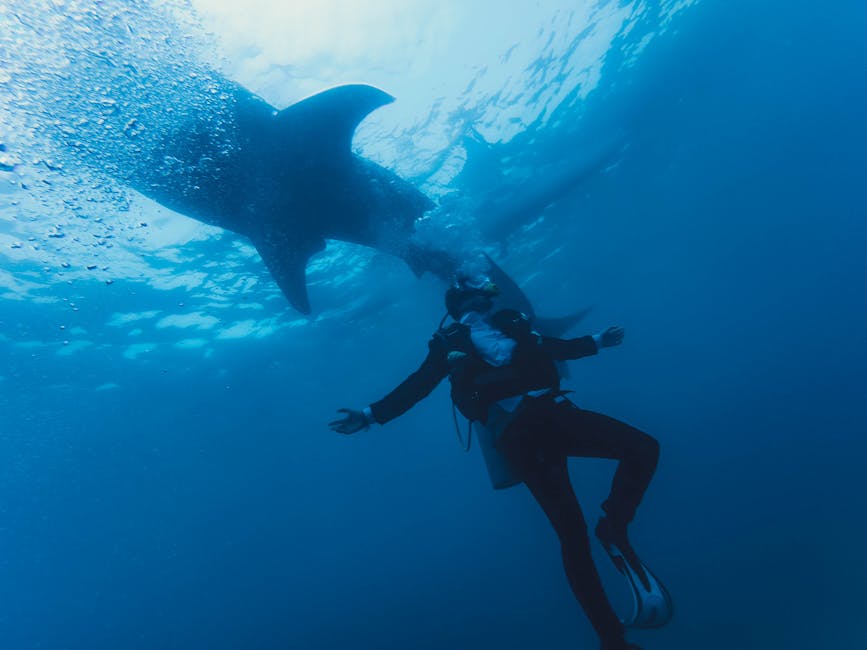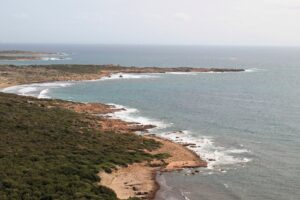The Impact of Mass Tourism on Natural Habitats
As someone who loves to travel and explore new places, I have always been fascinated by the beauty and diversity of our natural world. From majestic mountains to pristine beaches, our planet is truly a wonder to behold. However, with the rise of mass tourism in recent years, the impact on our natural habitats has become a growing concern. In this blog post, I want to delve into this issue and share my thoughts on how we can be more responsible travelers to minimize our impact on the environment.
The Good, The Bad, and The Ugly
Let’s start with the good. Tourism can bring economic benefits to local communities, providing jobs and boosting the local economy. It can also promote cultural exchange and understanding between different countries and peoples. However, the influx of large numbers of tourists can also have negative consequences for the environment.
One of the most obvious and immediate impacts of mass tourism is the physical damage to natural habitats. Popular tourist destinations such as beaches, national parks, and wildlife reserves can quickly become overcrowded and suffer from litter, pollution, and erosion. This not only destroys the natural beauty of these places but also disrupts the delicate balance of their ecosystems.
Wildlife in Peril
Another concern is the impact of tourism on wildlife. Many popular tourist destinations are home to a diverse range of plant and animal species, some of which may be endangered. Increased human activity, pollution, and habitat destruction can all have a detrimental effect on these fragile ecosystems. For example, the famous Great Barrier Reef in Australia has seen a decline in its coral population due to pollution and physical damage from tourist activities such as snorkeling and scuba diving.
The Cost of Convenience
In our quest for convenience and comfort, we often overlook the impact of our travel choices on the environment. For instance, the rise of budget airlines has made air travel more affordable and accessible, leading to a significant increase in the number of flights. This not only contributes to carbon emissions and air pollution but also puts a strain on the natural resources of popular tourist destinations.
What Can We Do?
So, what can we do as travelers to minimize our impact on the environment? The good news is that there are simple and practical steps we can take to be more responsible tourists.
First and foremost, we can choose to support eco-friendly and sustainable tourism initiatives. This can include staying in eco-friendly accommodations, participating in responsible wildlife tours, and supporting local businesses that prioritize sustainability and conservation.
We can also make conscious decisions when it comes to our travel choices. Instead of flying to every destination, we can opt for more eco-friendly modes of transportation like trains or buses. We can also reduce our carbon footprint by packing light and using reusable water bottles and bags.
Leave No Trace
One of the most important things we can do as responsible travelers is to follow the “leave no trace” principle. This means leaving the places we visit in the same or better condition than we found them. We can do this by properly disposing of our waste, avoiding activities that can harm the environment, and respecting the local culture and customs.
Spread Awareness
Lastly, we can also use our voices and platforms to spread awareness about the impact of mass tourism on natural habitats. By educating ourselves and others, we can encourage more people to be mindful of their actions and make conscious choices when traveling.
Final Thoughts
As travelers, it is our responsibility to protect and preserve the natural habitats that we are fortunate enough to visit. By being conscious of our impact and making small changes in our travel habits, we can ensure that these beautiful places will be around for future generations to enjoy. So, let’s be mindful and responsible travelers, and do our part in preserving the beauty of our planet.




